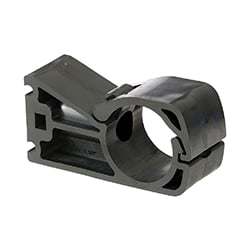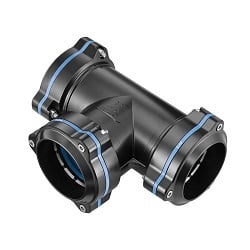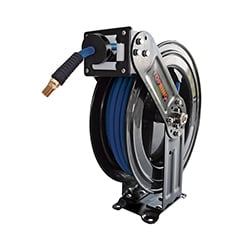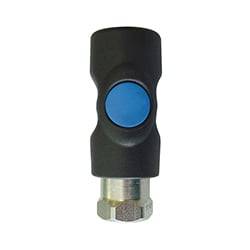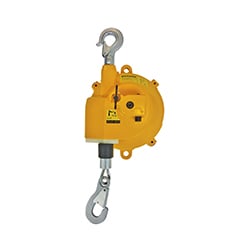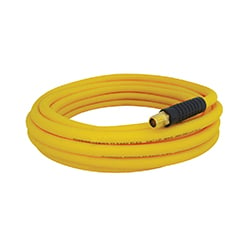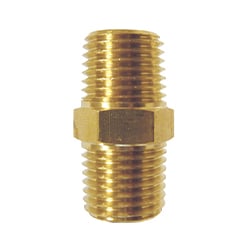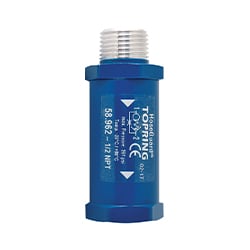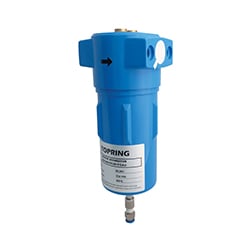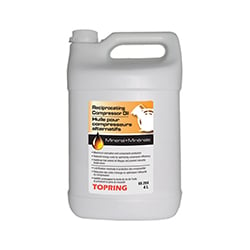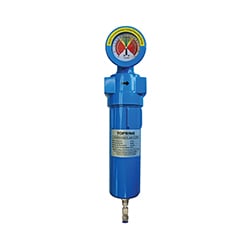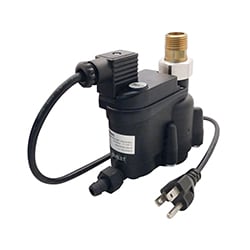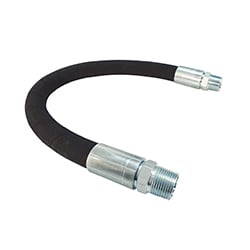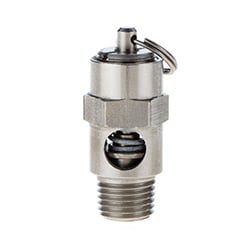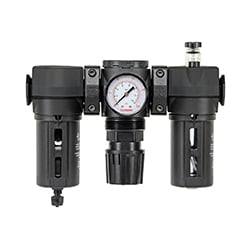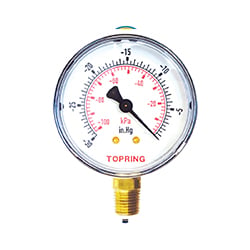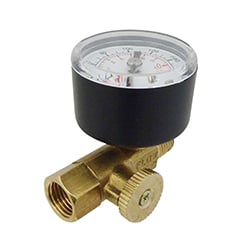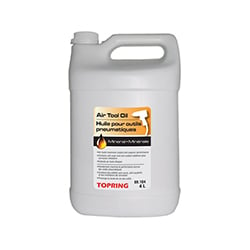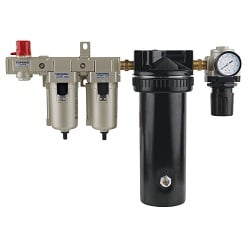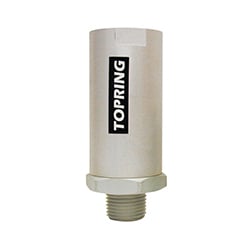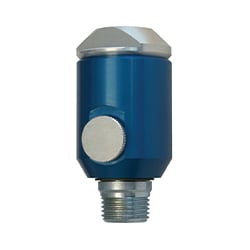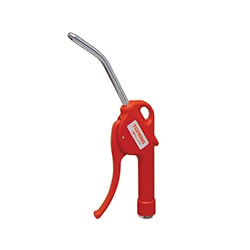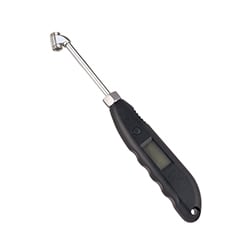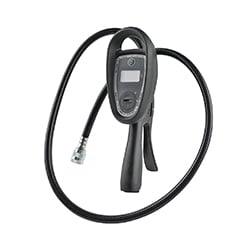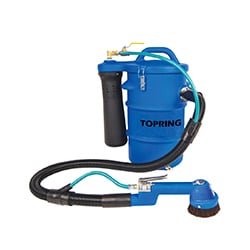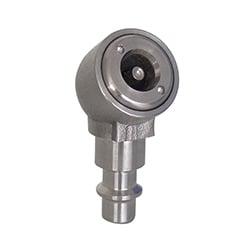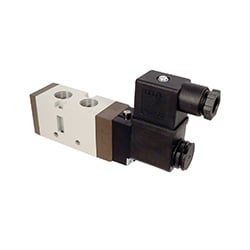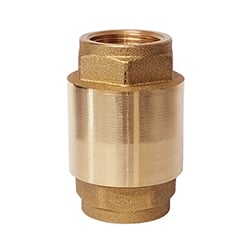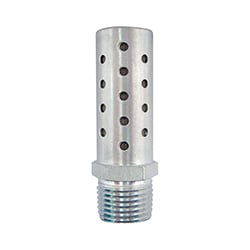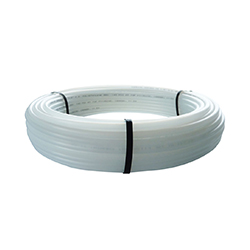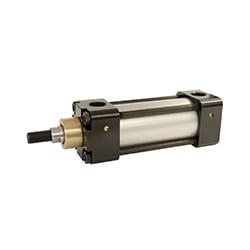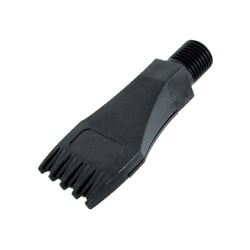The pneumatic tubes are used for the piping of pneumatic systems. Polyurethane, nylon, polyethylene, PVC, and PTFE tubes are the most frequently used with compressed air systems. To select the right tubing, you need to know the characteristics, benefits, and limitations of each type. Here are the basics to consider when choosing the right tube for your pneumatic application. As a little bonus, at the end of this blog, we have also included an outline of the features of one of the most diversified and complete range of push-to-connect fittings for pneumatic systems.
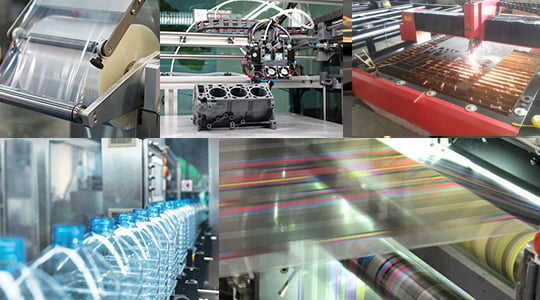
Operating pressure
Operating pressure is often the first criterion to be considered. It is established from the burst pressure at an ambient temperature of approximately 20°C to which a safety factor is added. The maximum working pressure of a pneumatic tube is the safe pressure that takes into account all operational criteria. Nylon, nylon-polyurethane, and PTFE tubing offer the highest working pressures. Select a tube with a maximum working pressure higher than your application.
Work environment conditions
There are many things that can have an adverse effect on pneumatic tubing. Chemicals and other elements that can affect tube performance and deterioration include temperature extremes, friction abrasion, and severe and repeated bending. For excellent chemical and UV resistance, select nylon, nylon-polyurethane, and PTFE tubing. Be sure to check with the air tube manufacturer for compatibility with your work environment.
Flexibility and kink resistance
Due to the material of manufacture, some pneumatic tubes are more flexible than others. Applications that require a small bending radius or repetitive movements require a highly flexible tube-like polyurethane or nylon-polyurethane air tubing. For stationary work where movement is reduced or high operating pressure is required, a stiffer tube, such as nylon, is ideal.
Air Flow
The airflow rate through the tubing directly affects the operating speed of an air mechanism. Choose the largest possible diameter of pneumatic tubing within the constraints of the installation. This will maximize the efficiency of the circuit components (regulators, valves, cylinders, etc.). The type of fitting used also affects airflow. Compression fittings fit inside the tube and reduce the effective diameter and therefore restrict airflow. Self-locking fittings clamp the outside of the tube and do not cause restriction. The use of self-locking fittings allows for a smaller tube diameter, which reduces cost and space requirements.
Operating temperature
The working pressure rating of a pneumatic tube is specified at room temperature. The higher the actual operating temperature, the lower the allowable operating pressure. Nylon, nylon-polyurethane, and PTFE tubing allow for higher operating temperatures. The temperature can be as high as 200°C for PTFE.
The type of fitting used
There are three types of fittings used with pneumatic tubing: self-locking, compression, and barb fittings. Select a tube that is compatible with the type of fitting chosen and vice versa. The unit of measurement specified for pneumatic tubing is usually the outside diameter. This is due to the fact that most tubing is used with self-locking fittings. Tubing is available in both imperial (in.) and metric (mm) sizes. The fitting selected should be the same size.
Push-to-connect fittings
There are a variety of styles of push-to-connect fittings. They are available in nickel-plated brass, polymer, and stainless steel, making them the ideal choice for many applications. Metric fittings come with BSPT (British Standard Pipe Parallel) threads, while imperial fittings have NPT (National Pipe Thread Tapered) threads.
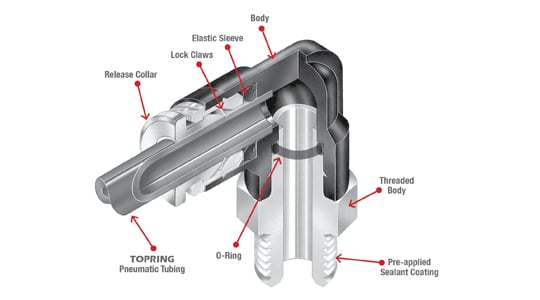
They are particularly appreciated for the following characteristics:
Speed of connection
The one-piece design of the push-to-connect fittings allows for a connection time saving of 75% compared to a compression fitting. Connection is instantaneous and disconnection is very fast thanks to the release ring. No tools are required. To simplify assembly, the male threads are equipped with a sealant. This allows the fittings to be reused up to 5 times without the need to add new sealant.
No risk of accidental disconnection
The push-to-connect fittings have stainless steel claws to hold the pipe without damaging the surface. Vibrations and pressure movements are absorbed without danger of accidental disconnection.
Optimal air flow at all times
The push-to-connect fittings can be installed close together thanks to their compact design. To connect a push-to-connect fitting with a pneumatic tube, simply insert the tube into the fitting. Since no part of the push-to-connect fitting enters the tube, the airflow is unrestricted and therefore optimal at all times.
No leaks thanks to their perfect seal
A nitrile (NBR) O-ring ensures a perfect seal between the outside diameter of the pneumatic tube and the body of the push-to-connect fitting. The fittings are designed to withstand multiple connections and disconnections while maintaining their tightness and good anchorage.
The swivel head on some models
Push-to-connect elbow and swivel Tee fittings can be rotated after installation. This allows them to be aligned in the desired direction. Some elbow and Tee fittings are even rotatable, meaning they can accommodate continuous rotation up to 500 RPM.


